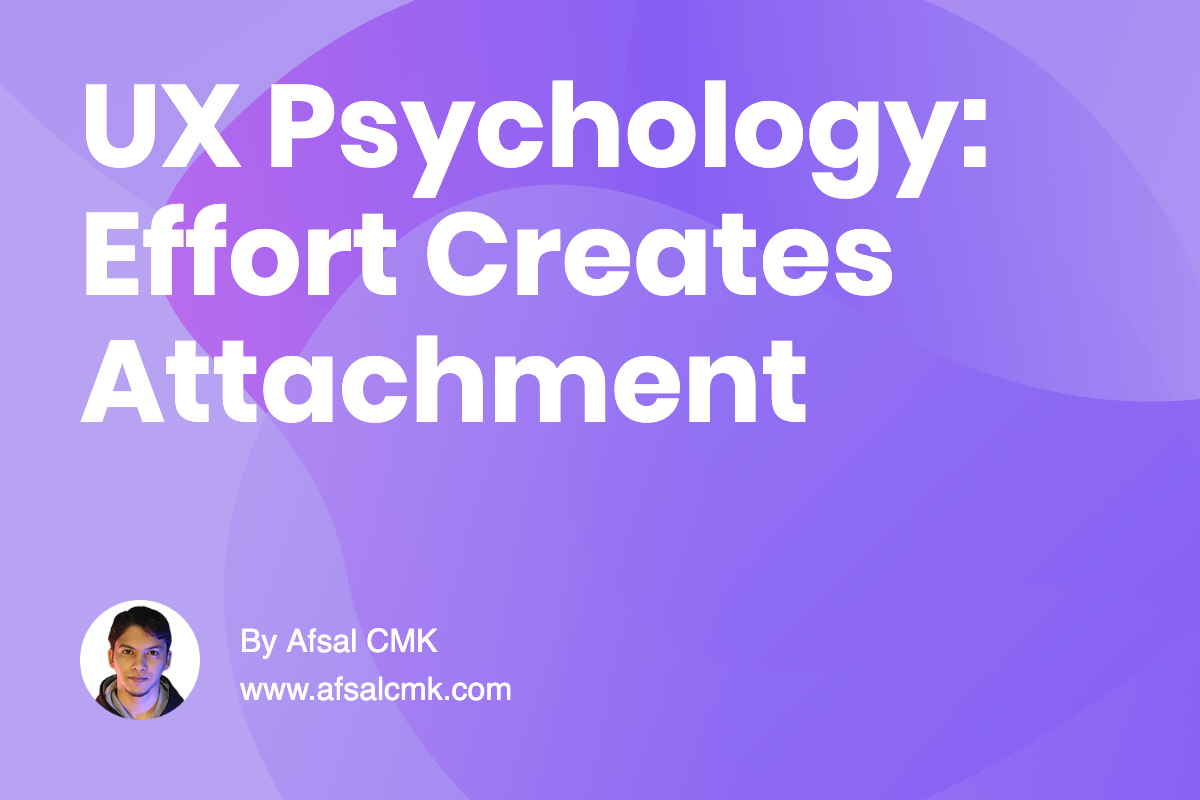
UX Psychology: Effort Creates Attachment
Have you ever noticed how people talk proudly about the furniture they assembled themselves from IKEA? Even if the shelf wobbles a little, they value it more than something ready-made. That’s called the IKEA effect - when effort increases attachment. The same psychology quietly shapes how users connect with digital products.
When people earn something - even something small - it changes their relationship with it. A progress bar filled through real effort, a feature unlocked after consistent use, or recognition for completing a challenge makes the experience personal. It’s not just your product anymore; it becomes their achievement.
Designers often chase seamlessness, trying to remove all friction. But too much convenience can erase meaning. Some effort, when intentional, builds pride and ownership. When users see their progress or feel rewarded for their actions, they’re more likely to stay engaged and come back - not because they’re prompted, but because they want to continue what they started.
Think of it as designing for participation, not just consumption. The more a user invests time or energy, the more your product becomes part of their identity. That’s how loyalty forms - not from incentives alone, but from the sense of having earned something worth keeping.
It’s a small shift in thinking, but it changes everything: design the experience so users feel like they built a piece of it. Even digital products can have their own IKEA effect.